Features From the Issue
-
Features
Ancient Tattoos
-
Features
Life on the Inside
Open for only six weeks toward the end of the Civil War, Camp Lawton preserves a record of wartime prison life
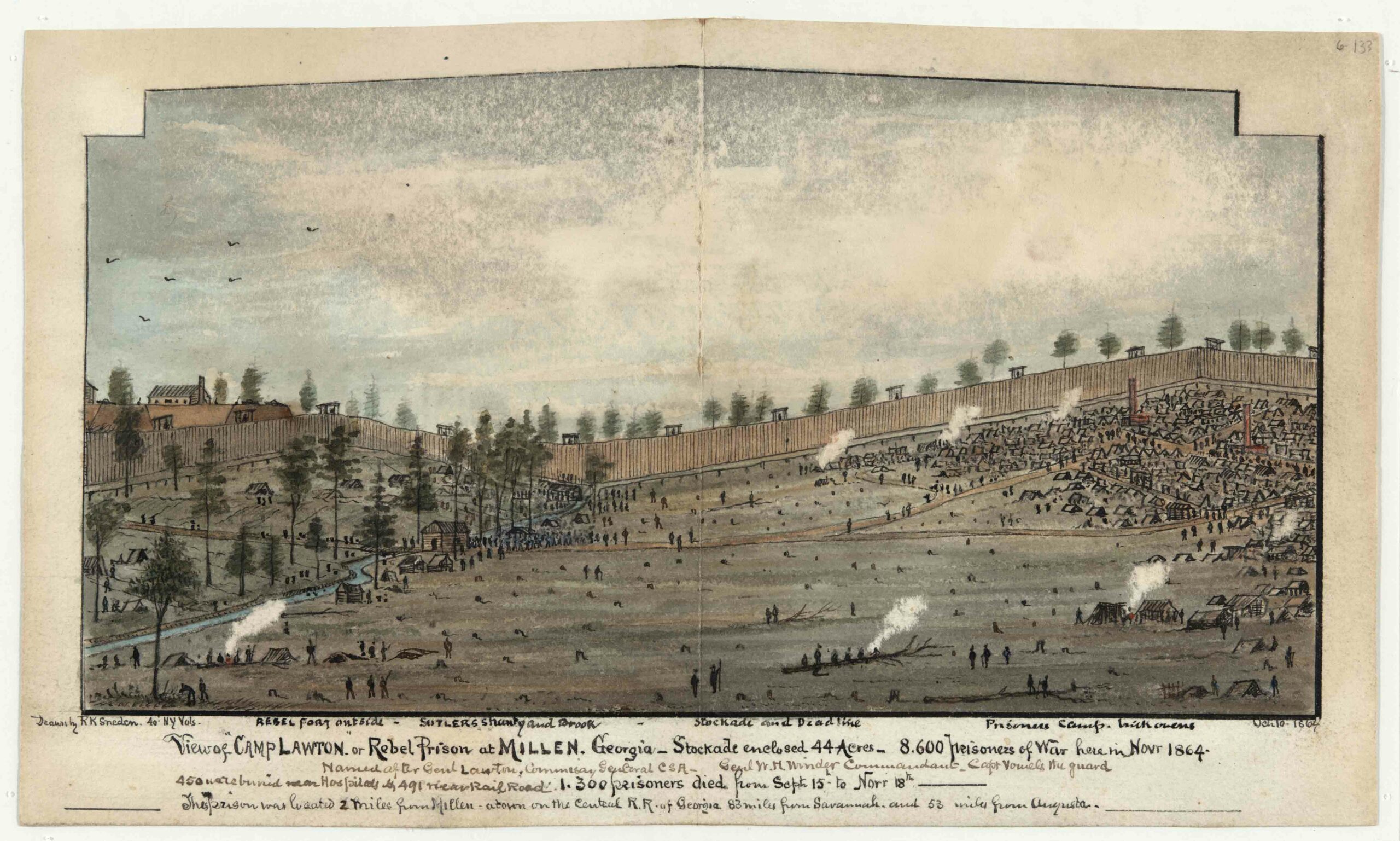 (Virginia Historical Society, Mss5.1.Sn237.1v.6p.139)
(Virginia Historical Society, Mss5.1.Sn237.1v.6p.139) -
Features
Vengeance on the Vikings
Mass burials in England attest to a turbulent time, and perhaps a notorious medieval massacre
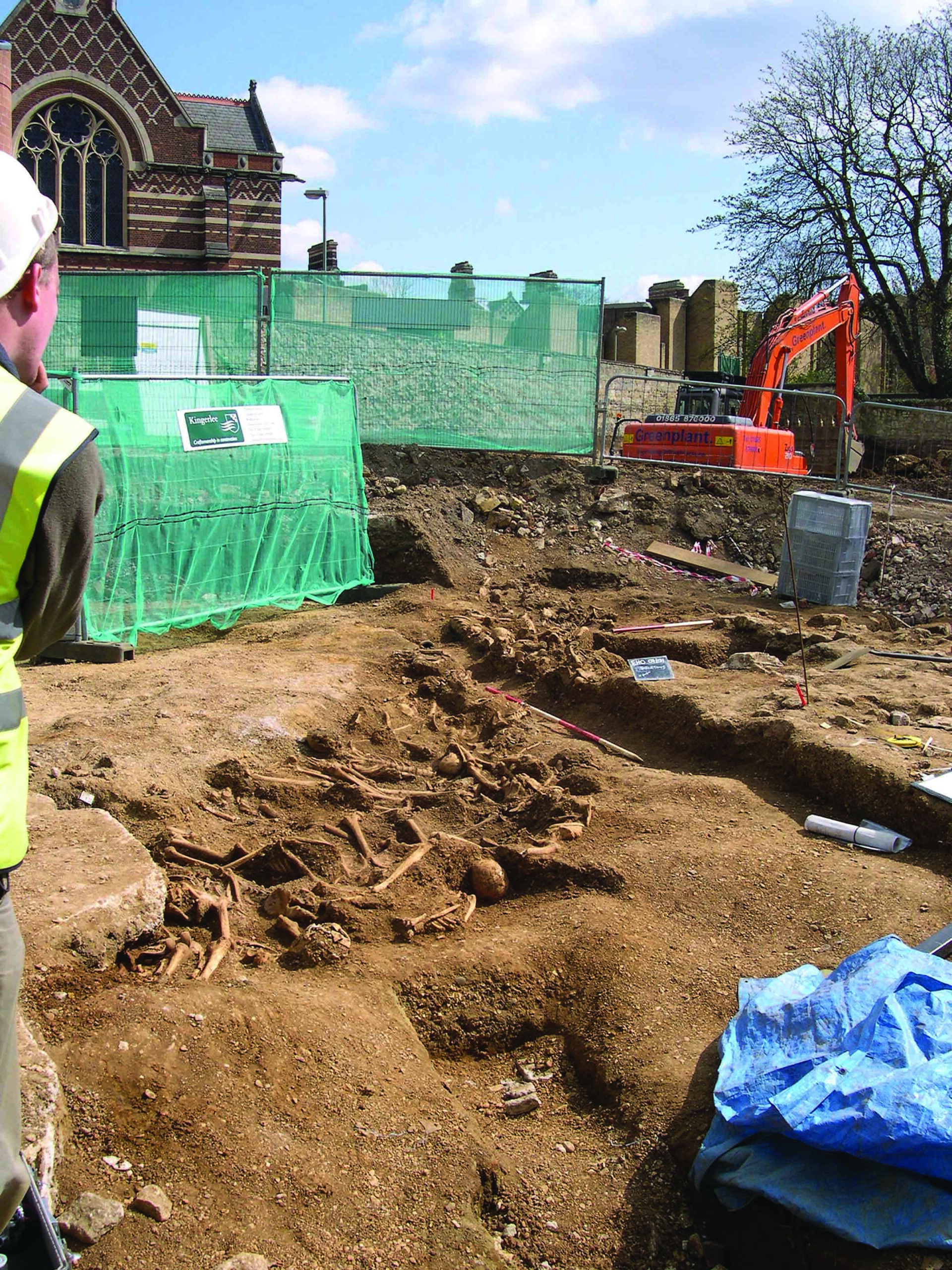 (Courtesy Thames Valley Archaeological Services)
(Courtesy Thames Valley Archaeological Services) -
Features
Seen and Unseen
How an ancient artifact is changing the way we practice science
-
Features
Bronze Age Boat Mystery
A puzzling find in eastern England
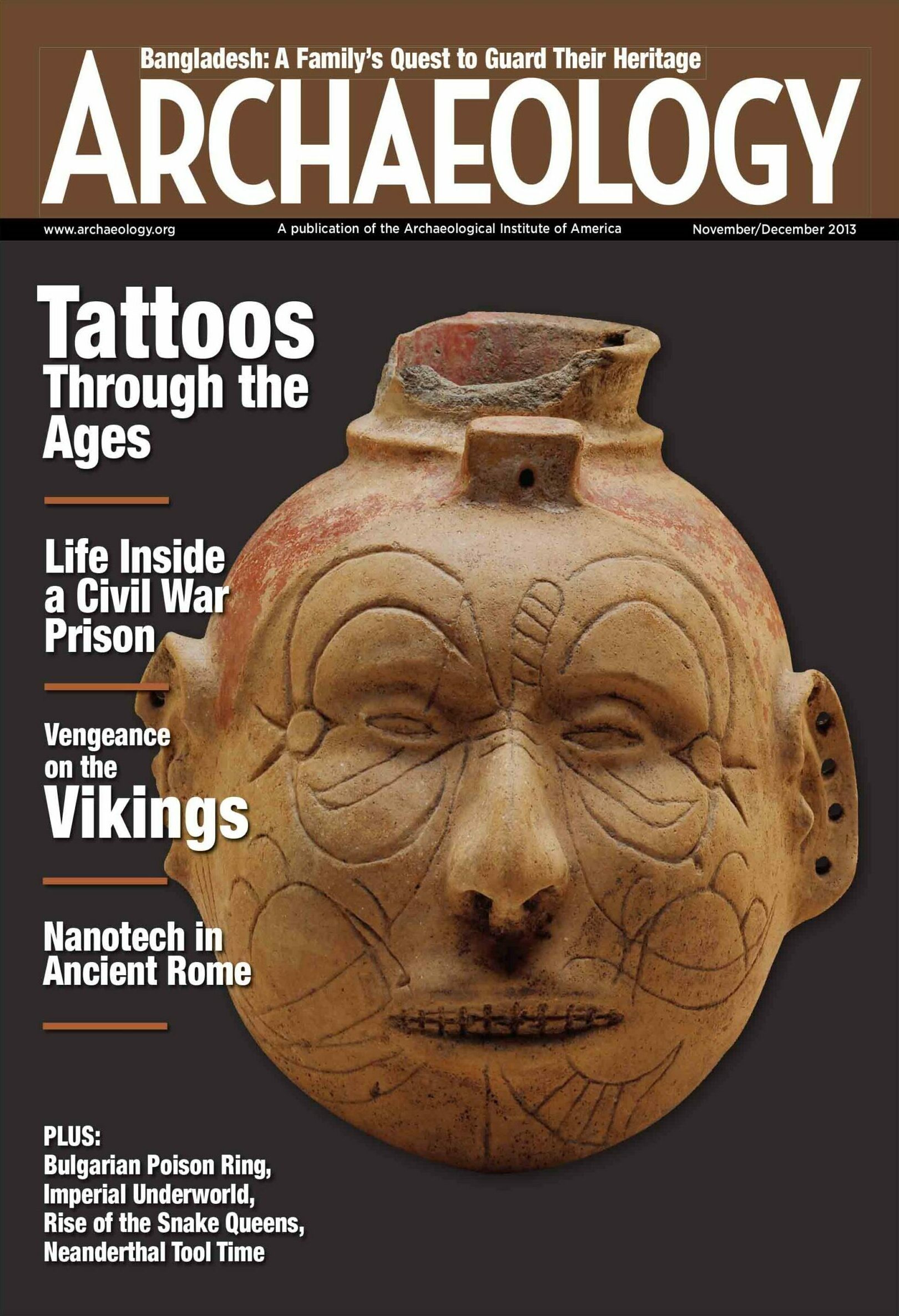
Letter from Bangladesh
Letter from Bangladesh
A Family's Passion
A father and son watched over a site in northeastern Bangladesh for decades before archaeologists came to see what was there

Artifact
Artifacts
Moche Ceremonial Shield
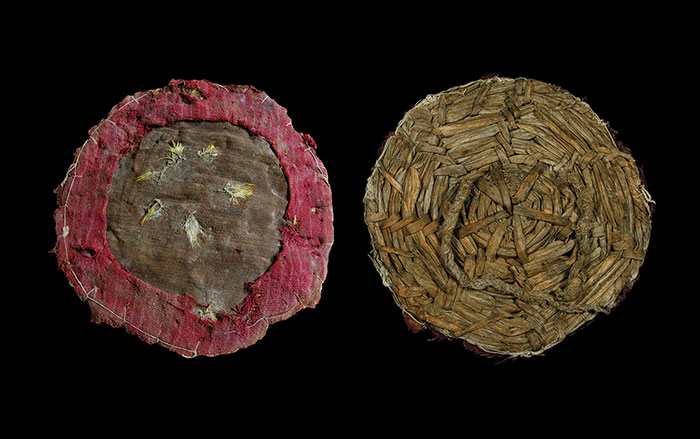
Digs & Discoveries
-
Digs & Discoveries
An Imperial Underworld
 (iStockphoto)
(iStockphoto) -
Digs & Discoveries
Splendid Surprise
 (Courtesy Roskilde Museum)
(Courtesy Roskilde Museum) -
Digs & Discoveries
Neanderthal Tool Time
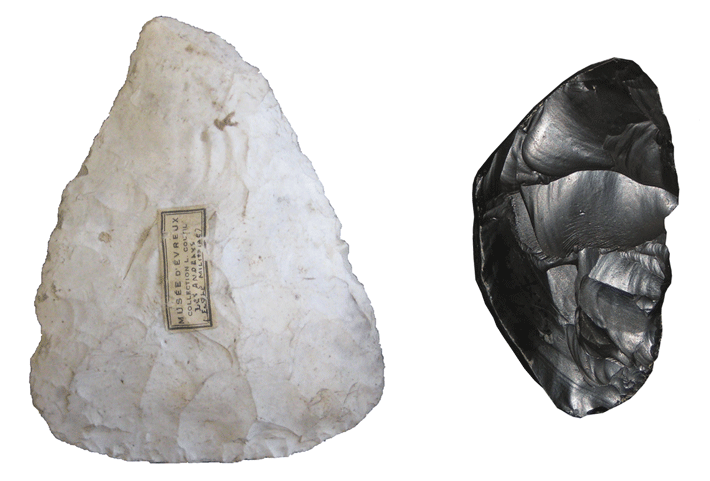 (Courtesy Karen Ruebens)
(Courtesy Karen Ruebens) -
Digs & Discoveries
Dutchman Out of His Depth
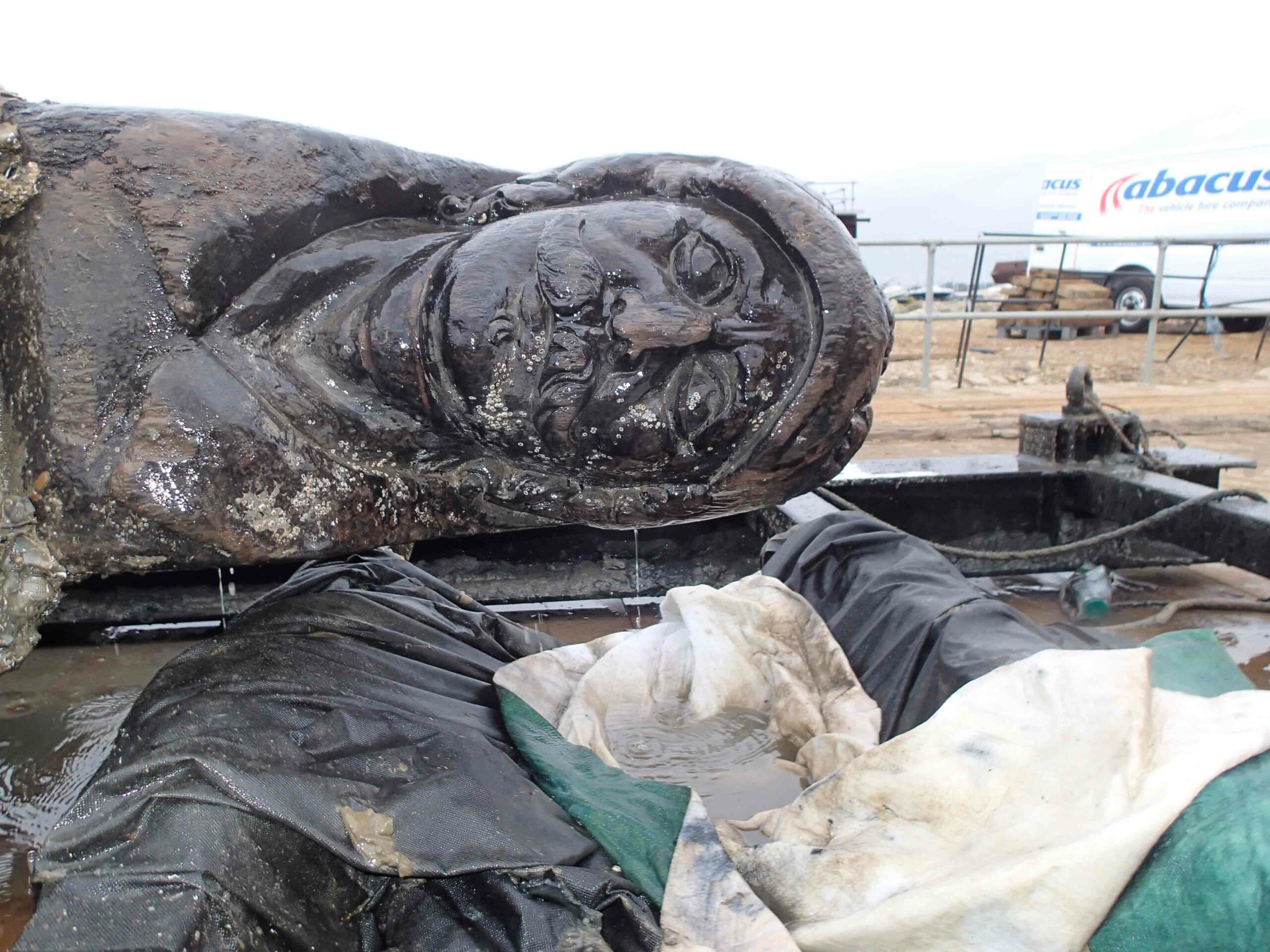 (Courtesy Bournemouth University)
(Courtesy Bournemouth University) -
Digs & Discoveries
Catching a Ride from Ireland
 (Wikimedia Commons, Photo: Michael Gäbler)
(Wikimedia Commons, Photo: Michael Gäbler) -
Digs & Discoveries
The Snake King's New Vassal
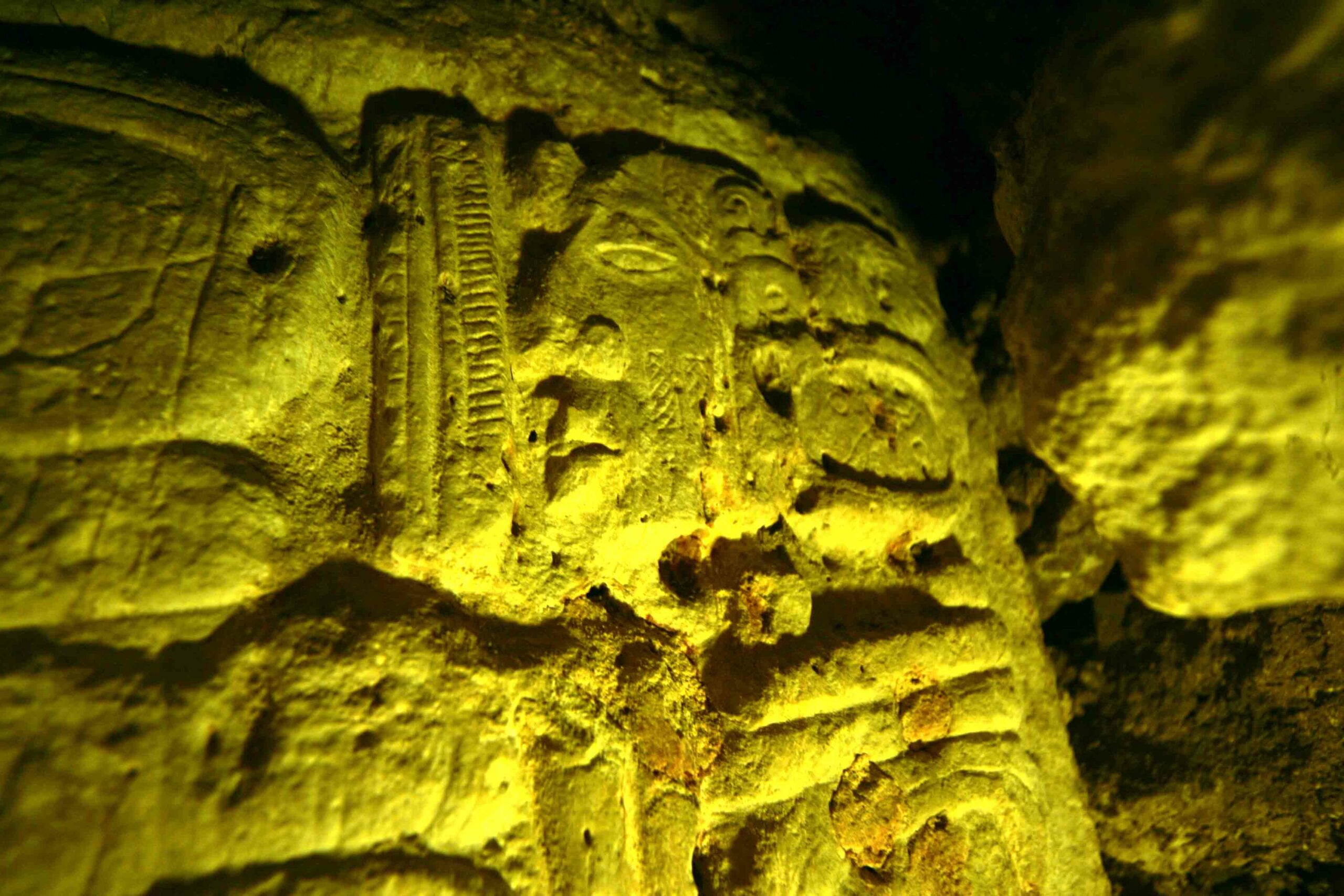 (Courtesy El Perú Waka’ Archaeological Research Project)
(Courtesy El Perú Waka’ Archaeological Research Project) -
Digs & Discoveries
Spying the Past from the Sky
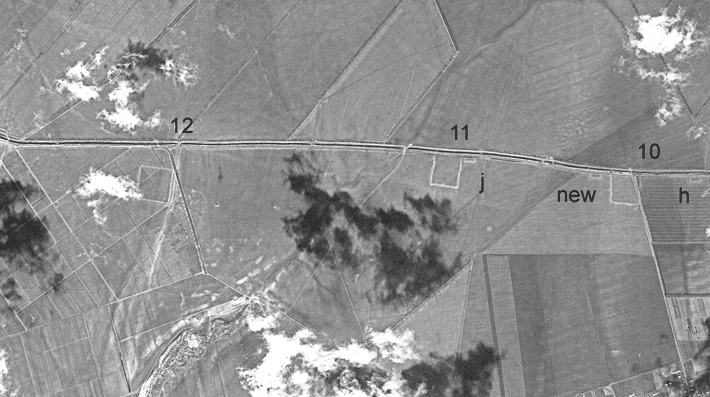 (Photo: Stanley Guenter, Courtesy U.S. Geological Survey)
(Photo: Stanley Guenter, Courtesy U.S. Geological Survey) -
Digs & Discoveries
Byzantine Riches
 (Courtesy Ouria Tadmor/Hebrew University of Jerusalem)
(Courtesy Ouria Tadmor/Hebrew University of Jerusalem) -
Digs & Discoveries
The Neolithic Palate
 (Photo: Björn Appel, Courtesy Hayley Saul, University of York BioArCh)
(Photo: Björn Appel, Courtesy Hayley Saul, University of York BioArCh) -
Digs & Discoveries
Secrets of Life in the Soil
 (Courtesy County Museums of Odense)
(Courtesy County Museums of Odense) -
Digs & Discoveries
Who Was First to the Faroes?
 (iStockphoto)
(iStockphoto) -
Digs & Discoveries
Drones Enter the Archaeologist's Toolkit
 (Mariana Bazo/Reuters /Landov)
(Mariana Bazo/Reuters /Landov)
Off the Grid
Off the Grid November/December 2013
El Cuartelejo, Kansas
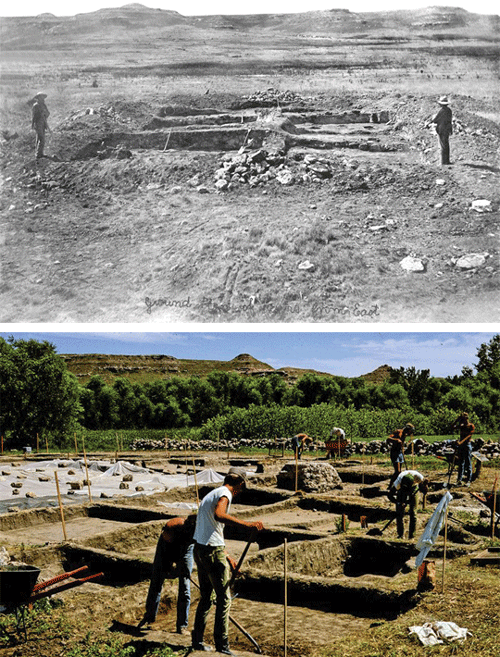
Around the World

JAPAN

JAPAN: At the Kami-Goten site in Shiga Prefecture, archaeologists have uncovered two siltstone molds for casting bronze daggers, dating to between 350 B.C. and A.D. 300. The design of the daggers—cast as a single piece with a long, straight blade and two rings on the pommel—presents a bit of mystery. It resembles dagger designs used by equestrian nomads in northern China and Mongolia, but contact between the regions would have been very unusual at the time. Perhaps the rulers of the area had established a trade route that brought such influences to them. —Samir S. Patel

CAMBODIA

CAMBODIA: Every time one looks closely, the scale of Angkor Wat appears to grow larger. Experts have recently turned to airborne laser scanning called lidar, which allows them to see through the dense tree cover that surrounds the site’s monuments. What they found is no less than staggering: that the planned, densely populated “urban core” of the city is some four times larger than previously thought. The finding lends further support to the idea that the city and population grew so large that the local environment could no longer support them. —Samir S. Patel
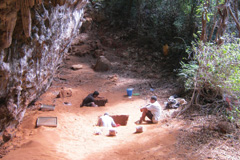
MADAGASCAR

MADAGASCAR: It was once thought that farmers from East Africa and Indonesia were the first to settle this Indian Ocean island, around A.D. 500. Now, excavation at a rock shelter called Lakaton’i Anja has unearthed fragments of stone tools, bone, and shell in a layer dating to 2000 B.C., suggesting foragers occupied the island much earlier. How these earliest arrivals impacted the island’s distinctive—and now critically endangered—native flora and fauna remains to be determined. —Samir S. Patel

